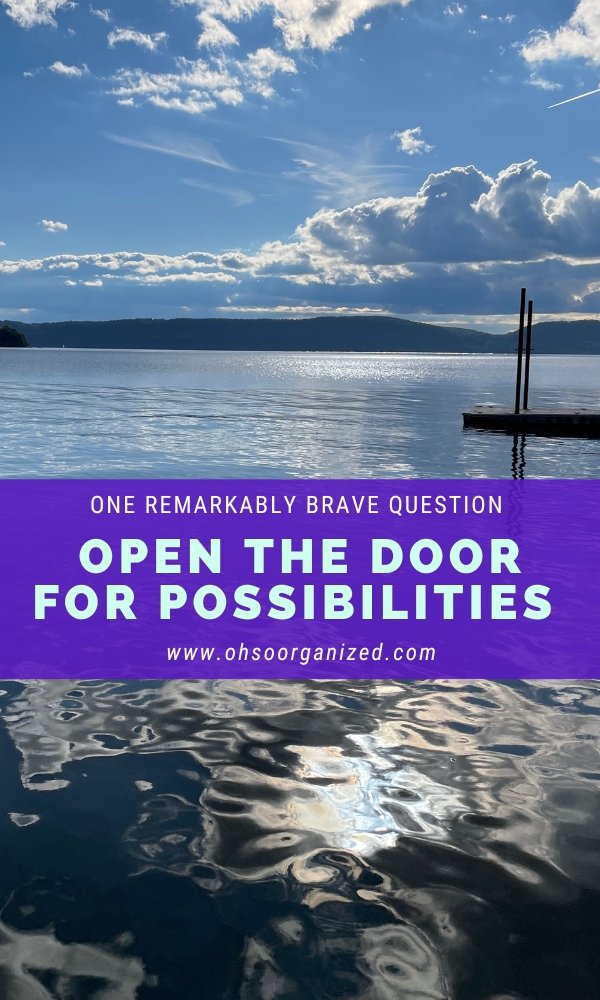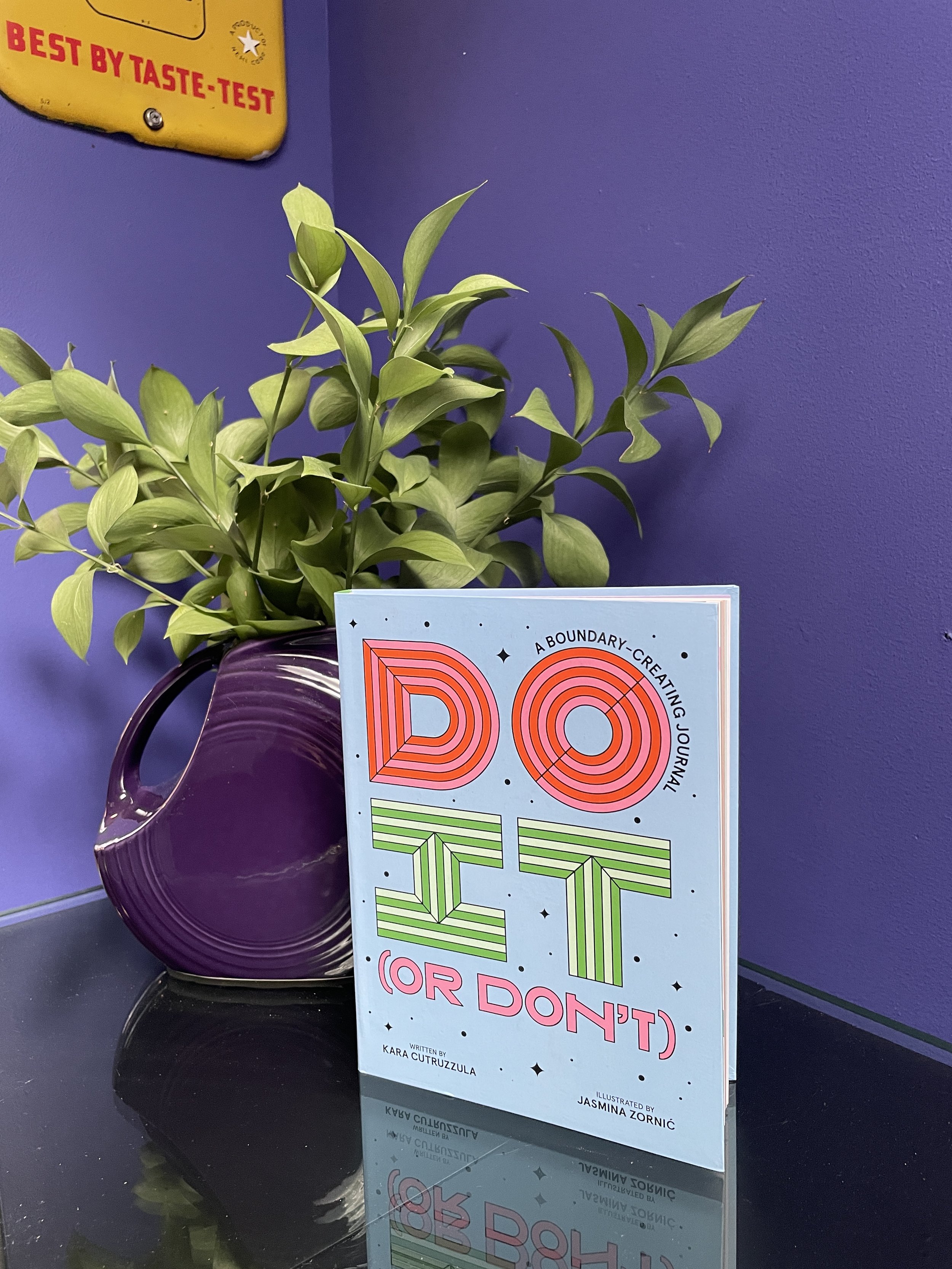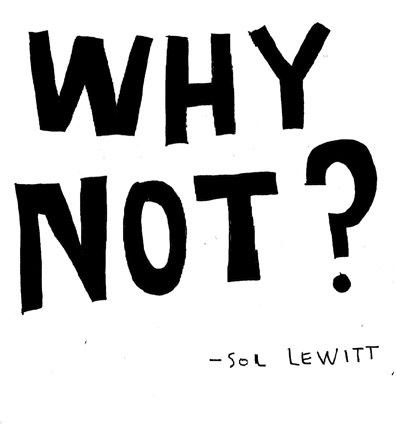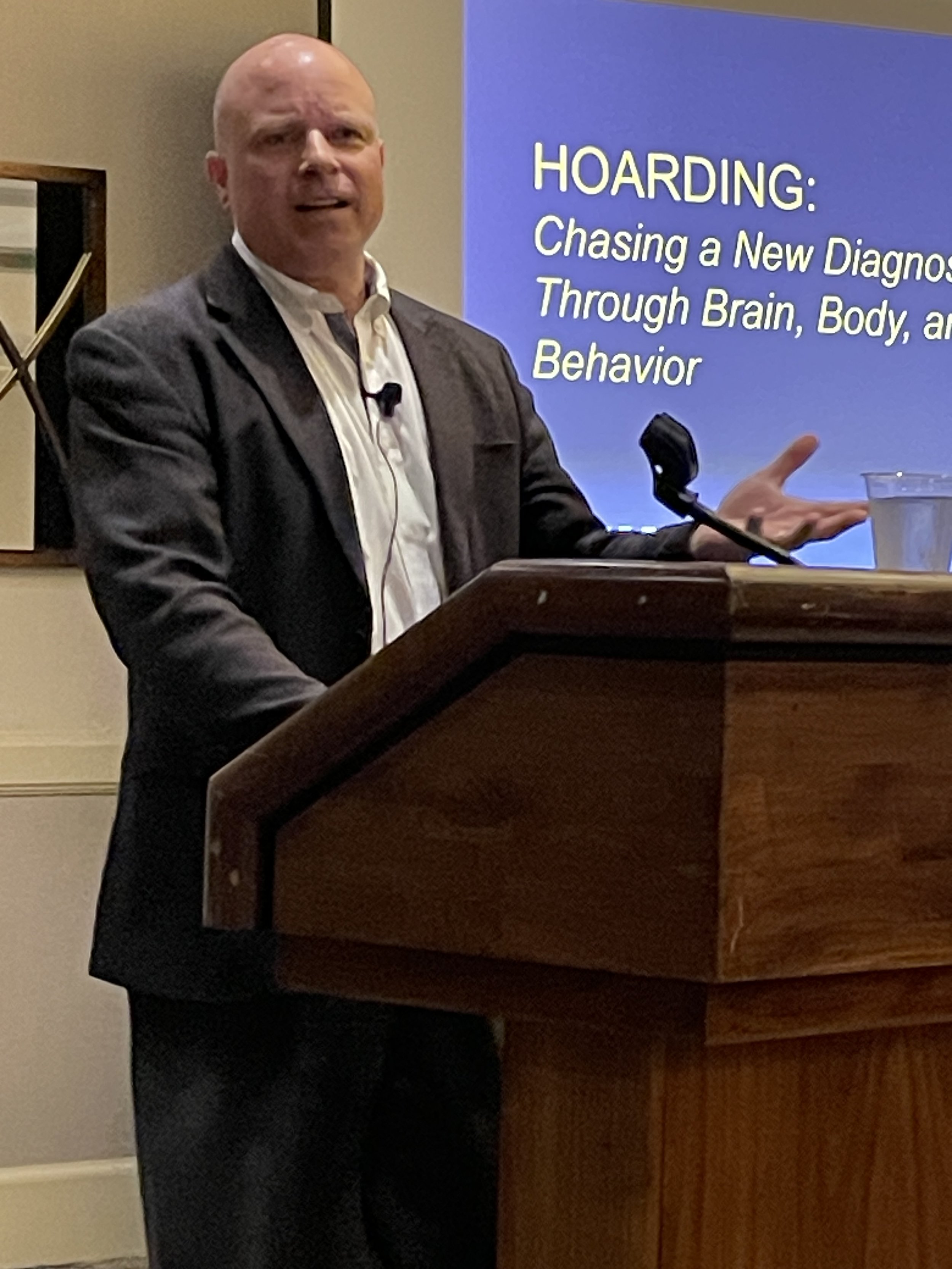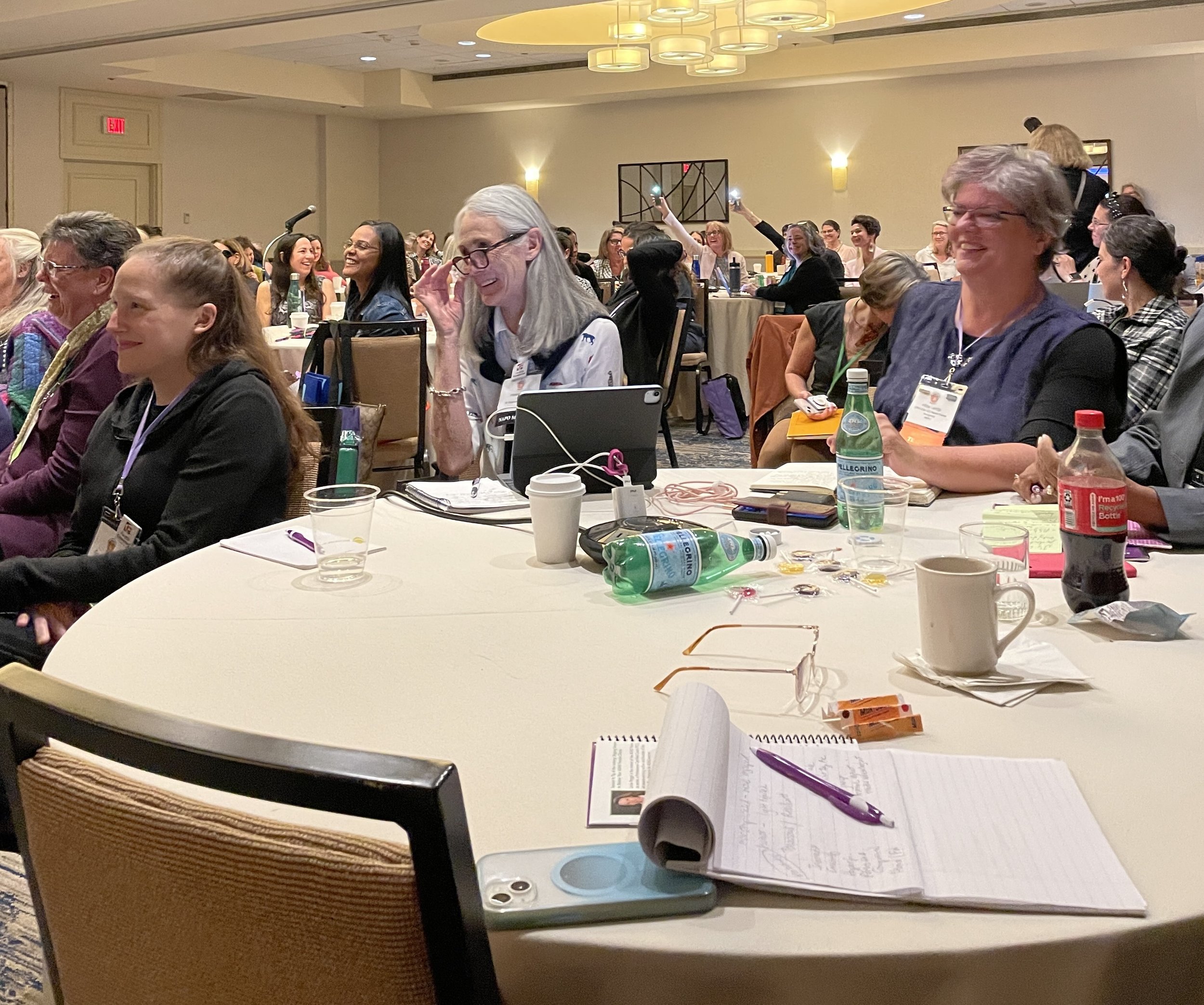Regarding possibilities, it can be challenging to move forward when we’re stuck in the past. The past includes:
Relationships that have ended
Jobs we used to have
Places we used to live
Unhelpful thoughts on a continuous negative loop.
The past can also contain physical things that were relevant and useful at a point but aren’t anymore. When you’re willing to let go of what was, it creates emotional and physical space for the present and future possibilities.
You might think, “Easier said than done.” So, how can you let go of those physical possessions and move on? Last week, one of the topics I discussed during my Mindful Organizing workshop was the power of asking mindful editing questions. Having a great list of questions is tremendously valuable. It assists you with focused decision-making and creates more ease in the process. A few of my favorite letting go questions include:
Has it overstayed its welcome?
Is it adding to my overwhelm and clutter?
How many is enough?
If you want to learn more about my letting go questions, check out these articles:
Depending on your goals, particular questions will resonate with you. However, one especially effective question is so powerful and significant that I want to highlight it. During the workshop, Juliet Landau-Pope, a participant who is also a friend and colleague, shared her favorite editing question with us. She asks, “Does this belong in my life right now?”
What I love about her inquiry is how it creates the opportunity to honor what was, recognize its past relevance, and gently allow you to let go if it no longer applies to your current life. It takes a certain amount of bravery to ask the question and even more to act on it. Thank you, Juliet!
“Does this belong in my life right now?”
When you let go of weight from the past, you open the door for what’s possible. In this season of transformation, what can you release? What space will you create for your next chapter? I’d love to hear your thoughts and invite you to join the conversation.
How can I help? Would you like assistance with decision-making, letting go, and moving forward? If so, contact me here, by phone at 914-271-5673, or by Email at linda@ohsoorganized.



